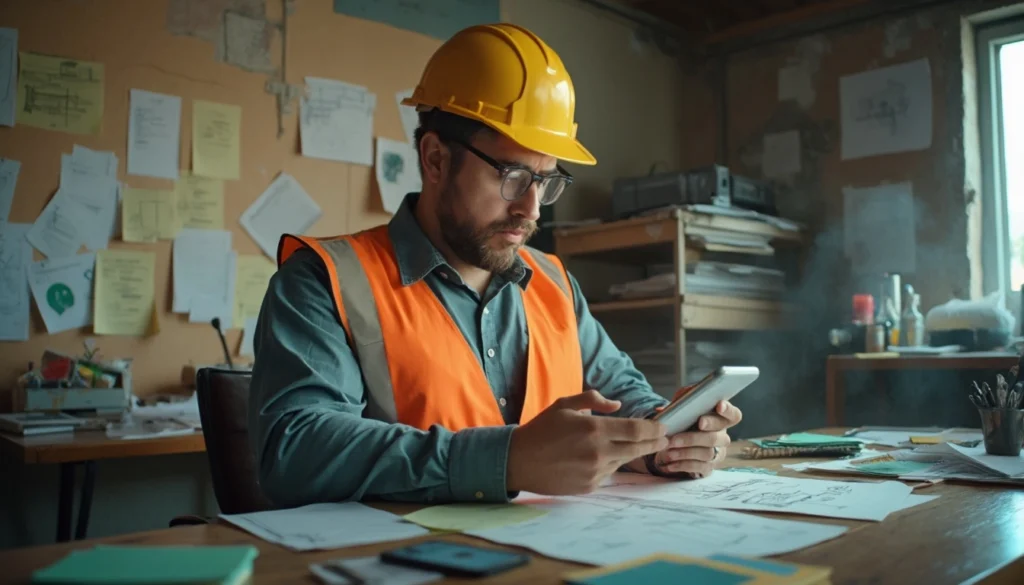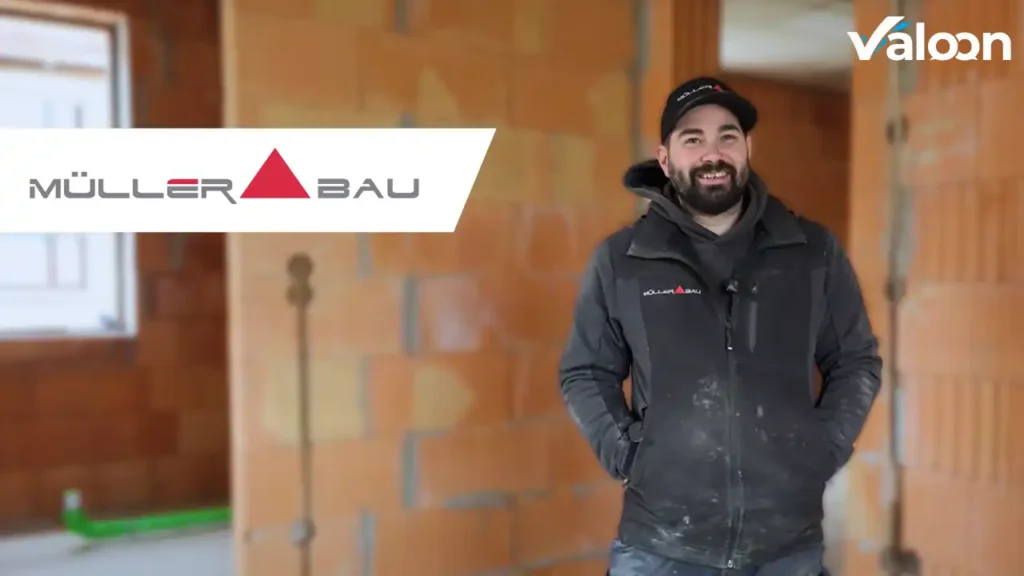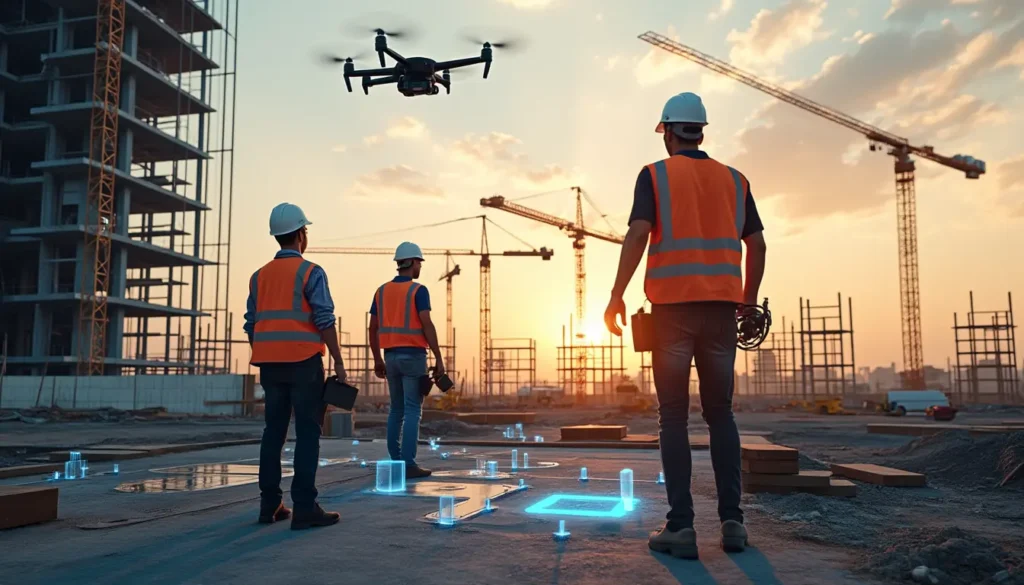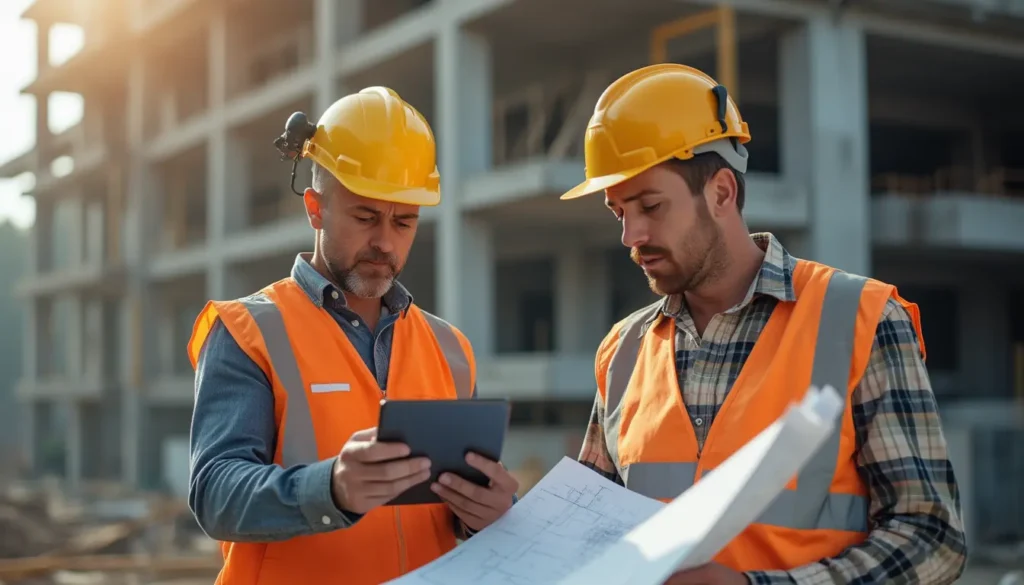Effective communication is the backbone of every successful construction project. Communication breakdowns in project management often lead to delays, budget overruns, and a host of other issues. This underscores the critical need for effective communication strategies across all project phases. In the ever-evolving construction industry, improving team communication is more important than ever. This article aims to provide you with practical strategies to optimize communication within your construction teams, thereby enhancing project outcomes.
Understanding the problem
Effective team communication is crucial in construction projects, as they are collaborative efforts involving multiple stakeholders such as project managers, architects, engineers, subcontractors, and sometimes even clients. Since each stakeholder brings their own perspective and expertise, poor communication can easily lead to misunderstandings if not handled properly. Industry reports indicate that ineffective team communication is one of the primary causes of project delays and budget overruns.
When stakeholders are not aligned, crucial information can be lost, misunderstandings can arise, and project goals can become unclear. These challenges significantly impact efficiency and can jeopardize the overall success of the project. For any project manager looking to enhance their team’s performance, directly addressing communication issues is essential to ensure smooth project execution and avoid costly delays.
Practical solutions or insights
1. Utilize technology for communication
In today’s digital age, leveraging the right technology can greatly enhance communication. Project management software like Valoon allows teams to centralize communication, track changes in real time, and archive documentation in an easily accessible manner. By using tools that enable instant messaging, video calls, and file sharing, teams can ensure a seamless flow of information and reduce the risk of misunderstandings.
2. Establish clear communication channels
Define specific channels for different types of team communication. For example, use formal platforms for project updates and informal channels for team bonding. This clarity helps team members know where to find specific information, reducing disruptions and confusion.
3. Regular meetings with clear agendas
Regular meetings are crucial to keep everyone on the same page. However, meetings should be structured with a clear agenda to avoid wasting time. This ensures that all necessary topics are covered and everyone has the opportunity to share their insights. Use these meetings not just for updates but also for team-building and fostering an open dialogue.
4. Foster a culture of open communication
Create an environment where team members feel comfortable sharing their thoughts, concerns, and feedback. Encourage questions and discussions, as this can lead to innovative solutions and a stronger team dynamic. Open team communication fosters trust and a collaborative atmosphere that is essential for project success.
5. Documentation and feedback loops
Proper documentation of all project communication is essential for reference and accountability. Establish a feedback loop where team members can review and comment on decisions and changes. This not only ensures that everyone is informed but also promotes a sense of ownership and involvement in the project’s progress.
6. Training and development
Invest in training programs that enhance your team’s communication skills. Workshops on active listening, conflict resolution, and effective presentation can improve communication competence and better prepare your team for interactions with each other and with external stakeholders.
7. Use visualizations for clarity
In construction, visualizations can significantly improve understanding. Using diagrams, charts, and visual timelines can make complex information more digestible. Incorporate these into your team communication strategy to illustrate key points and help everyone involved grasp project requirements and changes.
8. Evaluate and adapt
Finally, continuously assess your communication strategies. Gather feedback from your team on what works and what doesn’t. Adjust your approach as necessary to ensure it meets the evolving dynamics of your project and team.
Conclusion or key message
Improving team communication in construction projects is not a one-time effort, but requires ongoing attention and commitment.
By implementing the strategies outlined above, you can foster a collaborative environment that optimizes project execution and minimizes discrepancies. Remember, the success of your projects depends on the effectiveness of your team communication.
To further enhance your project outcomes, you should consider Valoon’s comprehensive solutions. With our intuitively designed software for project and communication, control, and documentation, you are better equipped to boost process efficiency both on-site and in the office.
Software that works! Valoon is here to optimize your communication and elevate your construction projects to a new level. Discover today how our solutions can transform your team dynamics!






